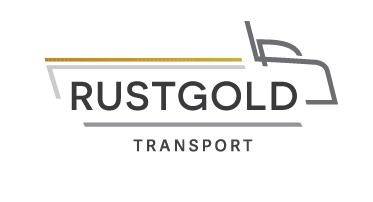Capital gains tax is somewhat of a misnomer in that it does not represent a tax in and of itself, but rather operates to include a portion of a person’s capital gains realised when an asset is sold in that person’s taxable income, and which taxable income is then subject to income tax. For natural persons, 40% of capital gains realised on assets are included in taxable income, whereas the inclusion rate for legal persons stand at 80%.
Disposing of immovable property would typically give rise to a significant capital gain. However, where that property sold is the primary residence of the person selling it, certain exclusions apply which reduce the ultimate income tax liability of the seller, often even eradicating the capital gains tax effect of the sale altogether.
Paragraph 44 of the Eighth Schedule to the Income Tax Act, 58 of 1962, defines a residence as “any structure, including a boat, caravan or mobile home, which is used as a place of residence by a natural person, together with any appurtenance belonging thereto and enjoyed therewith.” The exclusion does not apply however to any residence but only to a person’s primary residence.
Again, a primary residence is defined as “a residence—
(a) in which a natural person … holds an interest; and
(b) which that person … or a spouse of that person … ordinarily resides or resided in as his or her main residence and uses or used mainly for domestic purposes…”
Theoretically therefore, the exclusion would not apply to holiday homes. The Act is further explicit in that a person cannot have more than one primary residence at any given moment.
The exclusion afforded to disposals of primary residences is quite significant and can operate in either of two potential manners. Firstly, where the selling price of the primary residence is less than R2 million, no capital gains tax will be payable. Secondly, even if the selling price is more than R2 million, up to R2 million of the capital gain will be excluded from being subject to income tax.
Where two persons use the same property as a primary residence and jointly own that property, the R2 million is apportioned between the two of them. In other words, the exclusion applies per property and not per taxpayer. If for example a husband and wife own a house which they sell for a profit of R3 million, each will be taxable on R500,000’s worth of gains (being R1.5million less R1million each).
The exclusion is significant, yet not one to be taken for granted. Many taxpayers make the mistake of transferring their primary residence to a trust structure for estate duty purposes, thereby forfeiting the potential primary residence exclusion if the property is sold in future: by virtue of the definitions above non-natural persons can never have a primary residence and trusts and companies therefore are ineligible for the relief provided.
This article is a general information sheet and should not be used or relied on as legal or other professional advice. No liability can be accepted for any errors or omissions nor for any loss or damage arising from reliance upon any information herein. Always contact your financial adviser for specific and detailed advice. Errors and omissions excepted (E&OE)
